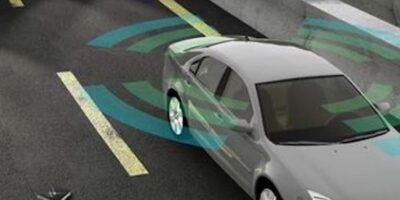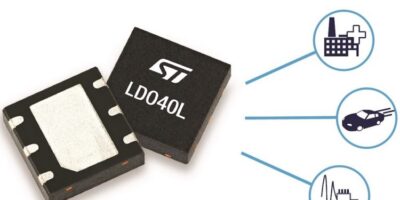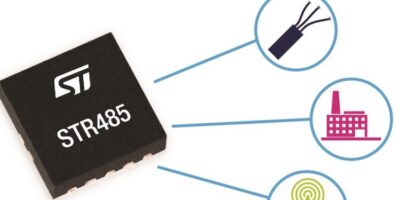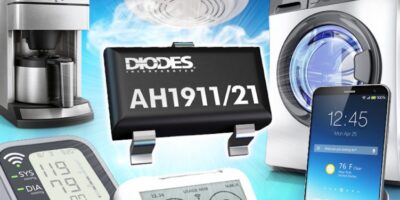Introducing the SkyOne Ultra 3.0, Skyworks is expanding its SkyOne cellular platform, with devices that are scalable to meet 5G radio standards. The chipsets target automotive applications.
The portfolio delivers robust, low latency, high bandwidth LTE connectivity with extended operating temperature ranges and production lifetimes, claims Skyworks. The portfolio exceeds LTE CAT 16 requirements, is scalable to 5G radio standards and supports all global cellular bands. Compatibility with all leading chipset providers and a simplified compliance process means that these integrated architectures are can reduce design complexity as well as time to market.
“With the introduction of SkyOne® Ultra 3.0 for automotive, Skyworks is enabling the full benefit of high-speed data and real-time communication in the connected car,” said Joel King, senior vice president and general manager of mobile solutions for Skyworks. “At a higher level, in-vehicle technologies and rapidly changing standards are being adopted at a pace previously unheard of in the automotive industry – particularly with the advent of 5G and the move toward autonomous driving.”
SkyOne Ultra 3.0 incorporates the key analogue and RF functionality in both transmit and receive paths of LTE communications. Transmit devices contain power amplifier modules with SkyBlue technology for improved efficiency, as well as integrated duplexers (PAMiDs), low noise amplifiers (LNAs) and antenna switches.
Diversity receive (DRx) modules combine the necessary components within the LTE receive path including LNAs, filters and antenna switches.
Package size is less than 40 x 40mm; this is a critical element in meeting automotive-qualified network attached device (NAD) reliability requirements, points out Skyworks. Connectivity engines can be regionally optimised for North America, Europe and China.
The SkyOne Ultra 3.0 series is made up of the SKYA230xx front-end modules with SkyBlue enabling technology, LNAs and integrated duplexers, the SKYA220xx suite of power amplifiers, the SKYA250xx DRx and MIMO modules and the SKYA21xxx, discrete switches and LNA products.
Embedded navigation systems, diagnostic capabilities, personalisation services and other smart features are fuelling consumer demand for connected cars. IHS Markit forecasts that worldwide sales will increase from 24 million units in 2015 to more than 72 million by 2023. In eight years, nearly 70 per cent of the passenger vehicles sold will be transmitting data with external sources, to offer new services, revenue streams and business models to automotive markets.







